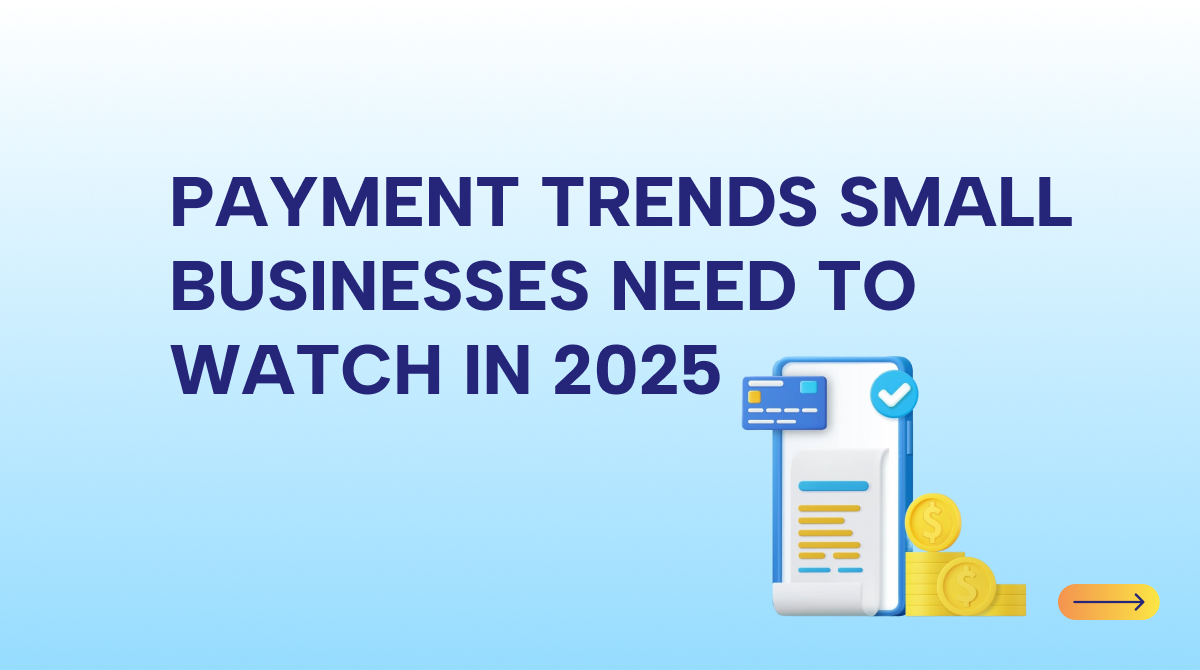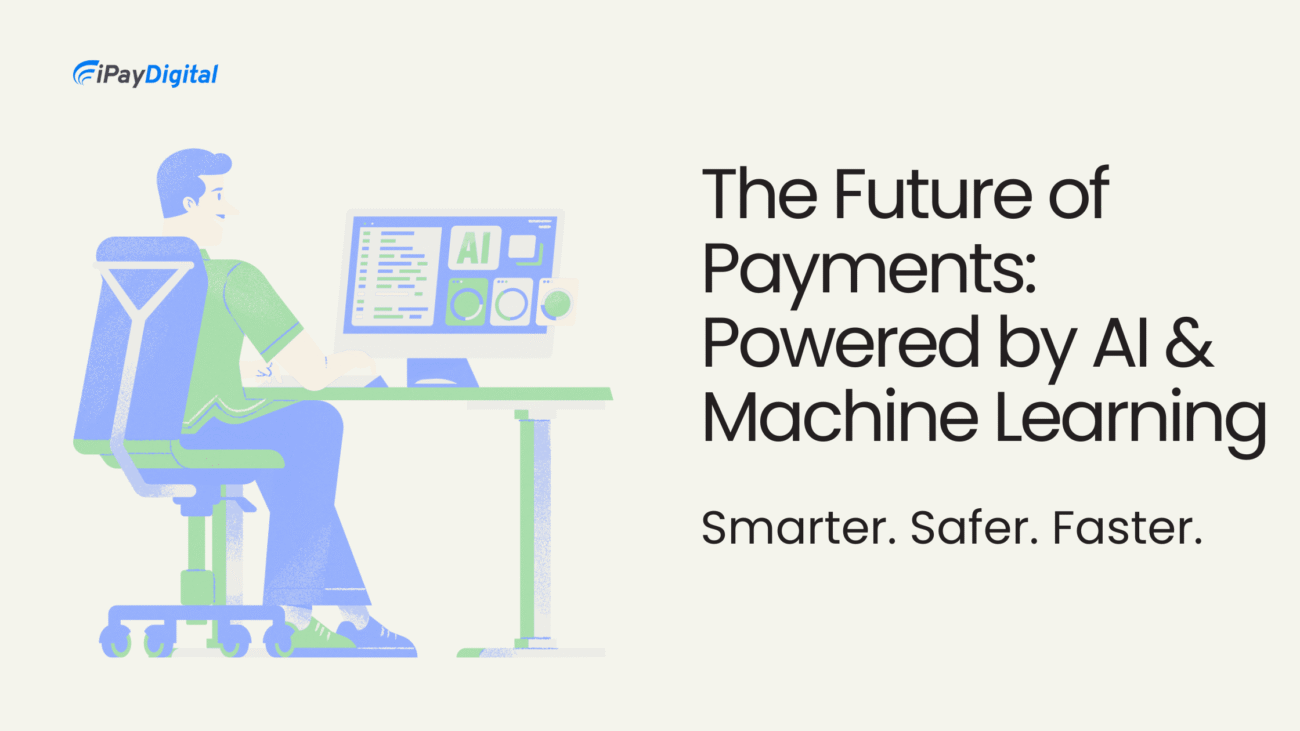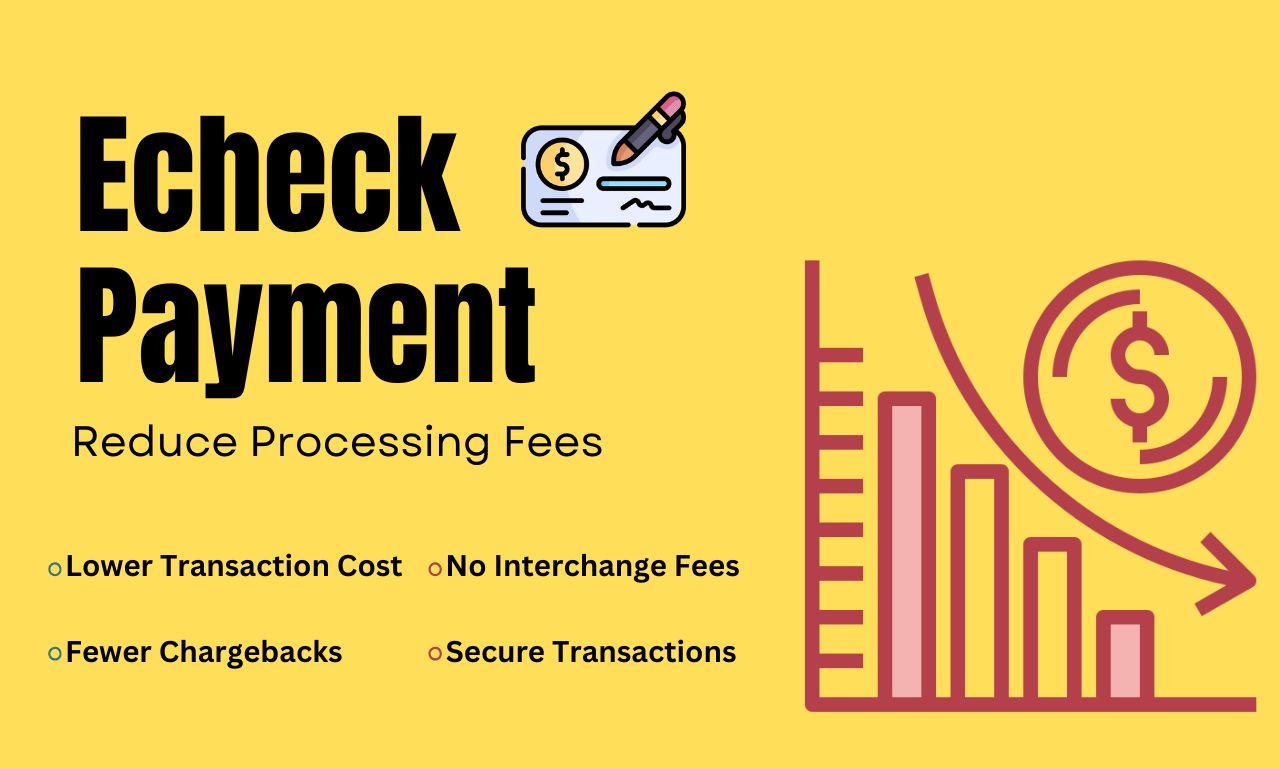As we approach 2025, the payments industry is undergoing significant transformations driven by technological advancements, evolving consumer behaviors, and heightened security concerns. For subscription-based businesses, staying abreast of these trends is crucial to maintain customer trust, ensure consistent revenue streams, and mitigate fraud risks. In this article, we’ll delve into the key payment trends anticipated for 2025 and their implications for businesses.
1. Implementation of PCI DSS v4.0 Phase 2
The Payment Card Industry Data Security Standard (PCI DSS) has been the cornerstone of payment security for years. In March 2024, phase one of PCI DSS v4.0 was implemented, introducing foundational improvements such as comprehensive inventories of environments handling card data, updated risk assessments, enhanced password protocols, and mandatory multi-factor authentication (MFA) for accessing cardholder information.
Looking ahead, phase two, set to take effect in March 2025, will build upon these foundations with additional security measures, including:
- Advanced Network and Application Security: This entails strengthened firewall configurations, network segmentation to isolate cardholder data, and rigorous web application security through regular scans and updates.
- Enhanced Encryption Protocols: Data protection will be bolstered both in transit and at rest, with a focus on resilience against emerging threats like quantum computing.
- Improved Logging Systems: Upgraded logging mechanisms will facilitate faster detection and response to security incidents.
For subscription-based businesses that routinely access stored cardholder data, adhering to PCI DSS v4.0 is not just a regulatory requirement but also a commitment to customer security. Partnering with PCI DSS-certified third-party service providers can streamline compliance efforts and reduce the risks associated with handling sensitive data.
2. Heightened Customer Focus on Payment Security
In recent years, consumers have become increasingly vigilant about payment security. A significant majority now prioritize security when choosing payment methods, reflecting a growing awareness of cyber threats.
The global cost of cybercrime is projected to reach a staggering $10.5 trillion annually by 2025. With over 75% of card fraud incidents occurring online, both individuals and businesses are seeking robust solutions to combat fraud.
Artificial Intelligence (AI) has emerged as a powerful tool in this fight. Leading companies are leveraging AI to analyze vast datasets in real-time, enhancing their ability to detect and prevent fraudulent activities.
Additionally, payment card companies are introducing advanced identity verification features, incorporating biometrics, machine learning, and passkeys to strengthen security and maintain customer trust.
3. Resurgence of Credit Card Usage
After a period where debit cards dominated, credit cards are experiencing a resurgence. In 2024, 37% of shoppers preferred credit cards, slightly surpassing the 35% who favored debit transactions.
This renewed interest is driven by attractive rewards programs, enhanced security features, and a notable shift among younger consumers. Despite initial hesitations about credit and debt, Gen Z has increasingly adopted credit cards as their preferred payment method.
Furthermore, more than half of individuals aged 18-43 have applied for a new credit card through their financial institution in the past year, indicating rising demand among younger generations.
4. Dominance of Digital Wallets
Digital wallets, such as Apple Pay and Google Pay, are gaining traction due to their convenience and security. However, adoption rates vary across age groups.
- Younger Generations: Approximately 38% of Gen Z and millennials report using mobile wallets multiple times a week.
- Older Generations: In contrast, only 15% of Gen X and 3% of baby boomers use mobile wallets with similar frequency.
With over 60% of the global population expected to use digital wallets by 2026, businesses that integrate these payment options position themselves as forward-thinking and customer-centric.
5. Evolution of Fraud and Fraud Detection
Fraud, particularly first-party fraud where customers falsely dispute legitimate charges, is on the rise. In 2024, 74% of customers reported disputing a charge within the past year, leading to costly chargebacks for merchants.
The average chargeback rate saw a 19% increase between late 2023 and early 2024, with certain industries like online travel and eCommerce experiencing even more significant spikes.
To combat this, businesses are turning to advanced fraud prevention tools. AI-powered systems can monitor transactions in real-time, identify patterns, and differentiate between legitimate disputes and fraudulent chargebacks, thereby safeguarding revenue and ensuring secure transactions.
6. Solidification of Emerging Payment Trends
Beyond the resurgence of credit cards and the rise of digital wallets, other payment methods are gaining momentum:
- Buy Now, Pay Later (BNPL): Services like Affirm, Afterpay, and Klarna offer customers flexibility, allowing them to make purchases and pay in installments without relying on traditional credit.
- Customer Payment Recovery Features: These solutions enable customers to complete purchases despite initial payment failures, reducing cart abandonment and enhancing satisfaction.
- Cryptocurrency: Interest in digital currencies is growing, especially among younger consumers, with many expressing a desire to learn more and explore crypto-based payment options.
Additionally, innovations like Visa’s “X Money” accounts, developed in partnership with Elon Musk’s X platform, are set to launch later this year, enabling users to transfer funds and make payments directly through the social media app.
Conclusion The payments landscape in 2025 is poised for significant evolution, driven by technological advancements, changing consumer preferences, and an increased focus on security. For subscription-based businesses, staying informed and adaptable is essential. By embracing these trends and implementing robust payment solutions, businesses can enhance customer trust, ensure consistent revenue, and effectively mitigate fraud risks in the years ahead.














